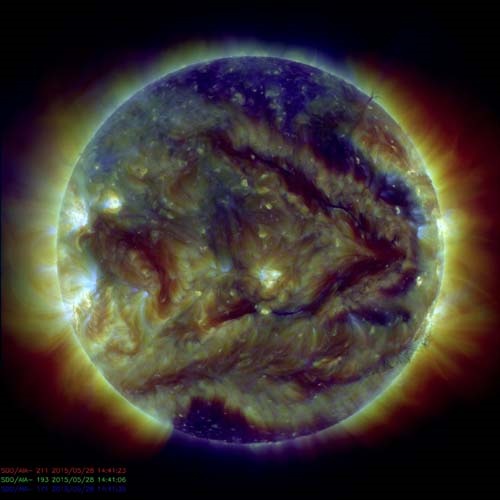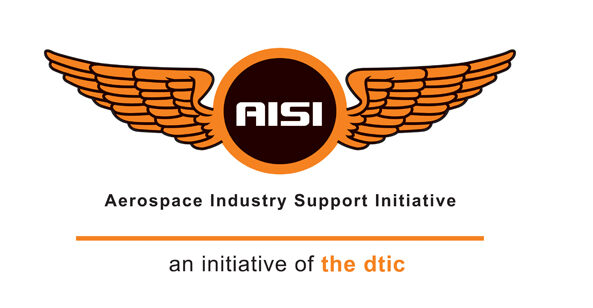
South Africa is one of 70 countries that has its own space agency. Here are a few quick facts about our role in space research.
- South Africa’s Hartebeesthoek Radio Astronomy Observatory in Gauteng has supported several space missions, including Apollo 15 in 1972.
- South Africa has already launched three of its own satellites, with a fourth one set for 2019.
- The South African National Space Agency (SANSA, sansa.org.za), monitors hundreds of satellites from Hartebeesthoek as they pass over Africa. If something goes wrong – for instance when a Soyuz rocket recently launched a satellite into the wrong orbit – they communicate with the satellite owner so the problem can be sorted out.
- SA satellites will soon enable us to anticipate floods even before they happen!
- SA’s satellite technology makes it much easier to respond to disasters such as fires, earthquakes and floods. For instance, our eyes in the sky can show immediately where a flood has occurred, in what direction it is spreading, if people and homes are in danger and to what areas people can be safely evacuated.
- Thanks to satellite information it is easier to plan and develop new roads, mines and towns. That’s because the pictures taken from space show exactly where current roads, farms, fences and settlements are located.
- The use of Earth observation satellite data offers a better understanding of the drought in South Africa. By comparing satellite pictures they can see if the dry areas are expanding or decreasing. Visit the website to see for yourself.
- The single largest telescope in the southern hemisphere is near Sutherland in the Northern Cape. It’s called the Southern African Large Telescope (SALT).

Did you know?
Africa’s only space weather regional warning centre is in Hermanus, Western Cape. Get a daily space weather forecast at spaceweather.sansa.org.za (below is an image from the centre).
Hermanus, we have a problem…
Space weather is extreme and can affect life on Earth, so it really helps that we have our own space weather bureau, SANSA Space Weather, in Hermanus. Typical space weather problems include:
- Solar flares – A sudden eruption of energy on the surface of the sun which can damage satellites and cause GPS and navigation errors.
- Solar winds – Charged particles released from the sun. They create spectacular light shows in the sky, such
as the beautiful aurora borealis (northern lights) seen in winter in the far northern parts of the planet. The winds can also affect navigation and communication systems. - Geomagnetic storms – A temporary disturbance of Earth’s magnetic field caused by solar winds. These storms can generate electric currents that can affect our electricity supply and cause power losses over large areas. It can also cause dangerous radiation for an astronaut on a spacewalk.
Gateway to Space exhibition will be coming to Johannesburg from 1 June to 31 July 2016. Buy your tickets here.
Read more: http://www.news24.com/PartnerContent/meanwhile-in-our-country-20160519
